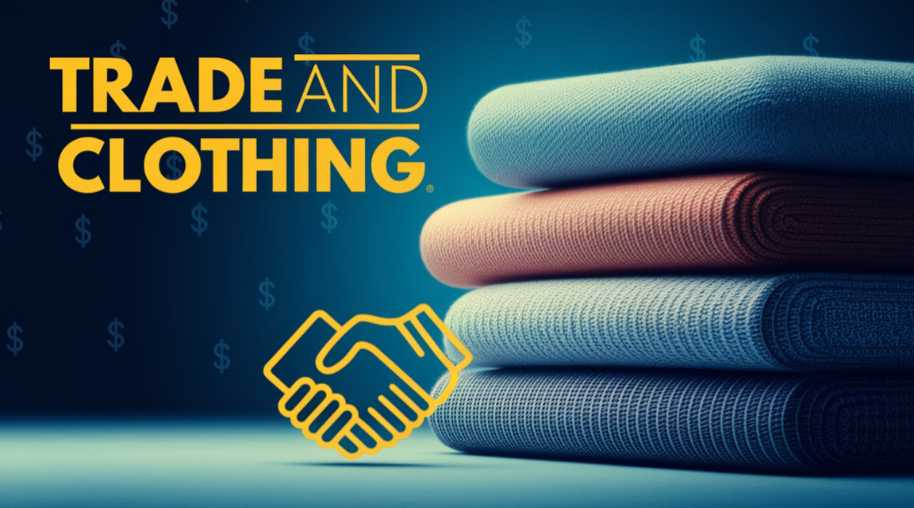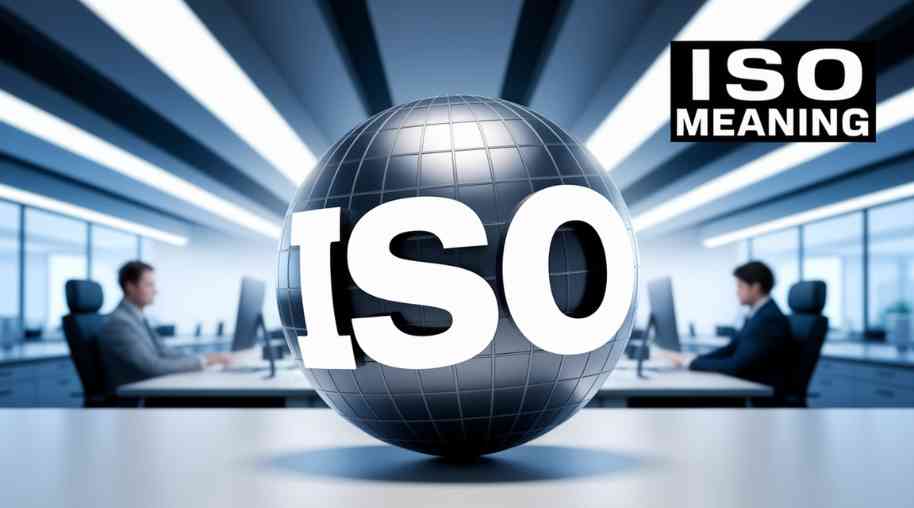ATC Full Form - Agreement on Textile and Clothing
by Shashi Gaherwar
0 2272
Agreement on Textile and Clothing: Impact, Provisions, and Global Trade
The Agreement on Textile and Clothing (ATC) was a crucial trade agreement under the World Trade Organization (WTO) that aimed to integrate the textile and clothing sector into normal General Agreement on Tariffs and Trade (GATT) rules. Implemented from 1995 to 2005, the ATC marked the transition from the Multi-Fibre Arrangement (MFA), which imposed quotas on textile exports from developing nations to developed countries.

This article explores the key provisions, impact, and legacy of the ATC on global textile trade.
Background: The Multi-Fibre Arrangement (MFA)
Before the ATC, global textile trade was regulated by the Multi-Fibre Arrangement (MFA), which governed quotas imposed by developed nations on textile and clothing imports. While the MFA protected domestic industries in developed countries, it restricted free trade and limited export opportunities for developing economies.
Issues with MFA:
- Quota Restrictions – Limited the growth of textile exports from developing nations.
- Trade Distortion – Disrupted fair competition by favoring certain countries.
- Market Uncertainty – Created inefficiencies in production and trade.
Key Provisions of the Agreement on Textile and Clothing (ATC)
The ATC was introduced in 1995 as part of the Uruguay Round Agreements under the WTO. It aimed to:
- Phase Out Quotas Gradually – Over a 10-year transition period (1995–2005).
- Reintegrate Textile Trade into WTO Rules – Bringing textile and clothing trade under GATT regulations.
- Ensure Predictable Market Access – Providing equal trade opportunities for all member countries.
- Encourage Competition and Efficiency – By removing artificial trade barriers.
Implementation Phases of ATC
The phase-out of MFA quotas under the ATC occurred in four stages:
- 1995–1998 (First Phase) – 16% of textile trade integrated into GATT rules.
- 1998–2002 (Second Phase) – 17% additional integration.
- 2002–2005 (Third Phase) – Another 18% integrated.
- January 1, 2005 (Final Phase) – Complete integration into WTO regulations.
By the end of 2005, all textile quotas were eliminated, allowing free trade in the sector.
Impact of ATC on Global Textile Trade
The ATC had a significant impact on various stakeholders, including developed and developing countries, textile producers, and consumers.
- Impact on Developing Countries
Major beneficiaries: China, India, Bangladesh, and Vietnam gained a competitive edge with lower production costs.
Increased exports: Many developing nations expanded their textile and apparel industries due to quota removal.
Job creation: More employment opportunities emerged in textile-producing nations. - Impact on Developed Countries
Increased competition: Domestic textile manufacturers faced stiff competition from low-cost imports.
Industry restructuring: Many developed countries shifted to high-end textile production and branding.
Consumer benefits: Lower prices and a wider variety of clothing became available to consumers. - Impact on Global Trade
Rise of China: China became the largest textile and clothing exporter due to its cost advantages and production scale.
Diversification of supply chains: More countries entered the global textile trade, reducing reliance on a few dominant suppliers.
Increased foreign investments: Many multinational companies invested in textile industries in developing countries.
Challenges After the ATC
Despite the positive effects, the ATC led to some challenges and concerns:
- Market Domination by Large Exporters
China and a few others captured a large market share, sidelining smaller exporters. - Job Losses in High-Cost Nations
Textile industries in developed countries declined due to cheaper imports. - Unfair Trade Practices
Some countries were accused of dumping textiles at low prices and unfair subsidies.
The Future of Textile Trade Post-ATC
Since the end of the ATC, the textile industry has seen new developments:
- Rise of Regional Trade Agreements (RTAs)
Countries engage in free trade agreements to maintain market stability. - Emphasis on Sustainability
More focus on ethical sourcing, fair trade, and eco-friendly textile production. - Growth of E-Commerce
Online platforms have reshaped global textile distribution and competition.
The Agreement on Textile and Clothing (ATC) was a landmark trade policy that transformed the global textile and apparel industry. By phasing out quotas and integrating textile trade into WTO rules, it enabled greater competition, efficiency, and market access. While the ATC opened new opportunities for developing nations and consumers, it also led to intense global competition and restructuring in the textile sector. As the industry evolves, future trade policies must balance fair competition, sustainable growth, and economic inclusion for all stakeholders.
Further Learning Resources
If you’re passionate about building a successful blogging website, check out this helpful guide at Coding Tag – How to Start a Successful Blog. It offers practical steps and expert tips to kickstart your blogging journey!
For dedicated UPSC exam preparation, we highly recommend visiting www.iasmania.com. It offers well-structured resources, current affairs, and subject-wise notes tailored specifically for aspirants. Start your journey today!

Share:








Comments
Waiting for your comments